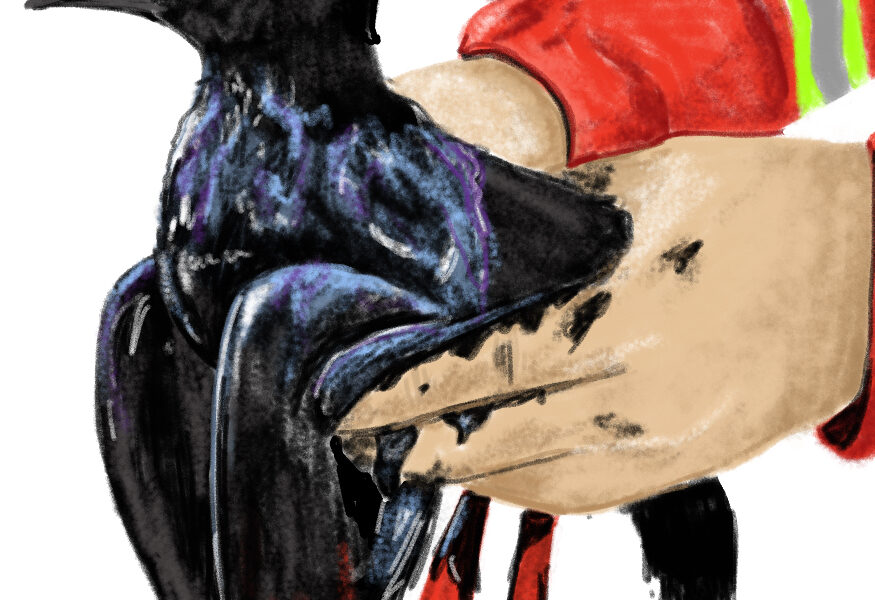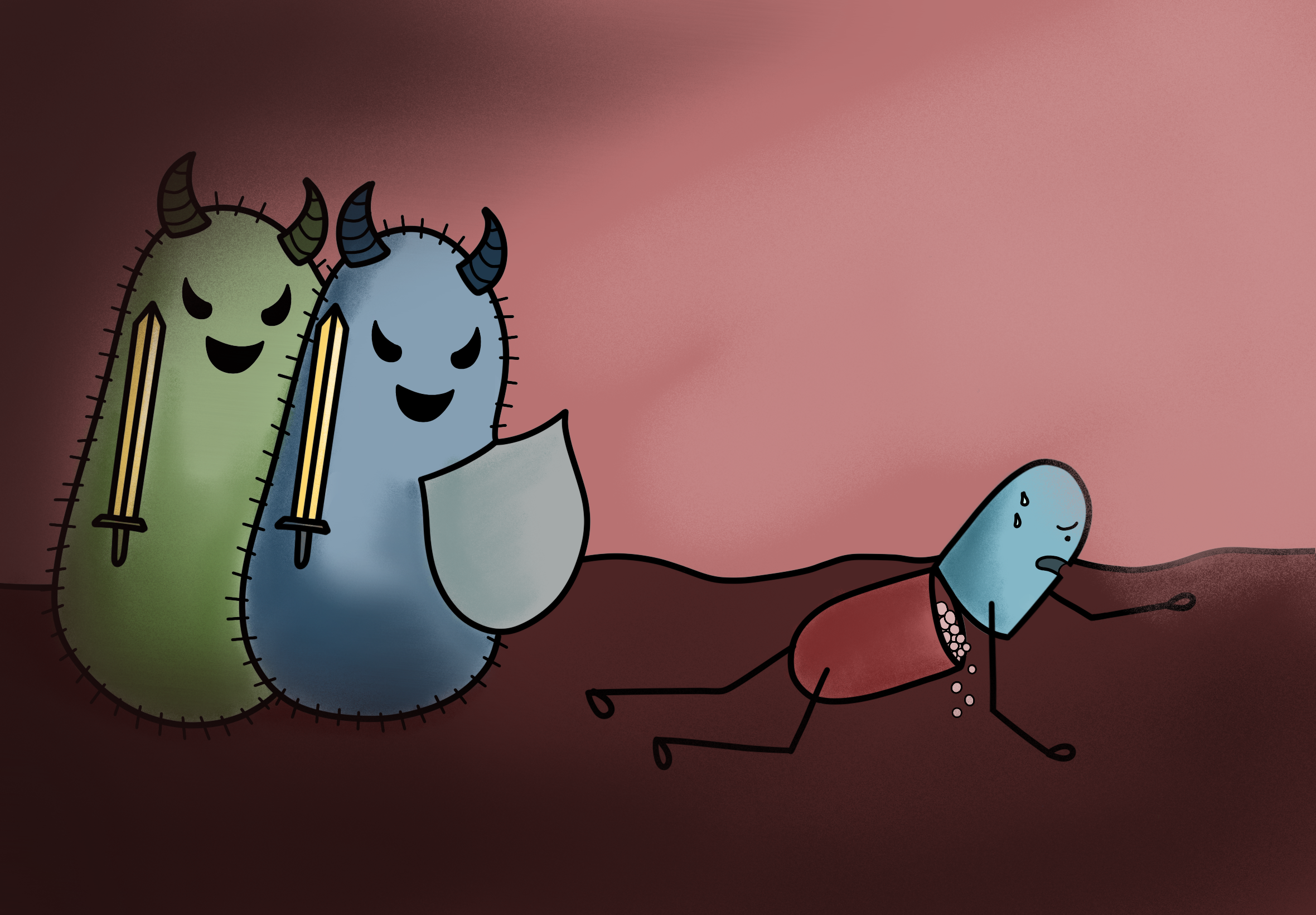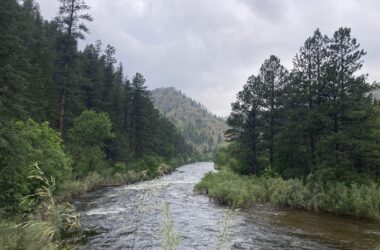The effects of climate change are increasingly visible around the world, but nowhere are these impacts more observable than in the Arctic. The region’s temperature is rising at over two times the global average—a phenomenon that has devastating impacts on natural ecosystems. As the ice melts, it destroys natural habitats, allowing for increased human presence in areas that were previously undisturbed.
In a recently published paper, McGill Professor Rowan Barrett in the Department of Biology analyzed DNA methylation—a biological process that regulates gene expression—to assess how anthropogenic activity—environmental changes caused by human activity—impacts wild Arctic seabirds.
“We’ve been interested in trying to get additional perspectives on both lethal and sub-lethal effects of these kinds of pollutants, and one way of doing that has been through epigenetic responses,” Barrett explained in an interview with The Tribune. “So these are responses that aren’t changing the genetic code of the organism, but they’re making changes to the genome that we can measure, that we can study.”
The researchers’ study compared the epigenetic responses of Arctic seabirds—black guillemots—from four different sites, each with varying degrees of both pollution and human presence. The first location was in Postville, Nunatsiavut, on the site of a 3000 L crude oil spill; their second site was an area with high levels of shipping traffic, yet no direct contamination. Their third site had minimal human activity, but natural oil was present; and their fourth site was a reference site, selected for its minimal human presence and lack of natural oil seeps.
“So we assayed these epigenetic responses from birds from these four different sites, and we had two broad questions,” Barrett said. “One was whether or not the anthropogenic sources of oil differed in their impacts from the natural sources of oil. And then the next question is more of a timescale question. How do chronic, long term effects of oil, so this would be from the natural seeps and also from the places where there’s increases in shipping traffic, compare with the oil spill?”
The researchers collected liver samples from black guillemots across the four different sites. Their DNA was then extracted, and methylation patterns were analyzed. Results confirmed that there are measurable differences in the genetics of birds that experienced any kind of oil-related stress.
However, while all birds exposed to oil had common methylation pattern changes, not all changes were common.
“There’s sort of a consistent response that we see in the genome through these epigenetic tools, but it differs between the natural and the anthropogenic sources of oil. So the particular type of response, that epigenetic response, differs in these two types of sites,” Barrett explained.
This highlights not only the scale of the impact of human activity on natural populations—human presence is literally changing animals’ genetic codes—but also provides further insight into the genome.
“This is very exploratory, this work, but now we can look into precisely what functional or physiological mechanisms are triggered by these epigenetic shifts, what are they leading to in terms of the whole organism response,” Barrett said.
Some of the genetic changes Barrett’s data highlighted had to do with fat storage and circadian rhythm regulation. These small changes can have long-lasting, sub-lethal effects. Birds need certain fat stores in order to migrate, but oil exposure limits birds’ ability to create these fat stores, which ultimately influences their migration patterns. Moreover, even if birds are able to build up the necessary fat storage, changes in their circadian rhythm regulation impact when they are ready to migrate.
Barrett’s work is fundamental in the field of epigenetics: It provides a critical window into the specific functions of various genes, as well as the ways that these functions are limited and impaired by different types of oil pollution.
“We’re making discoveries that are important for understanding the role of epigenetics in genome evolution and basic ecological and evolutionary questions, while at the same time generating information that’s useful for government partners and communities,” Barrett said.









